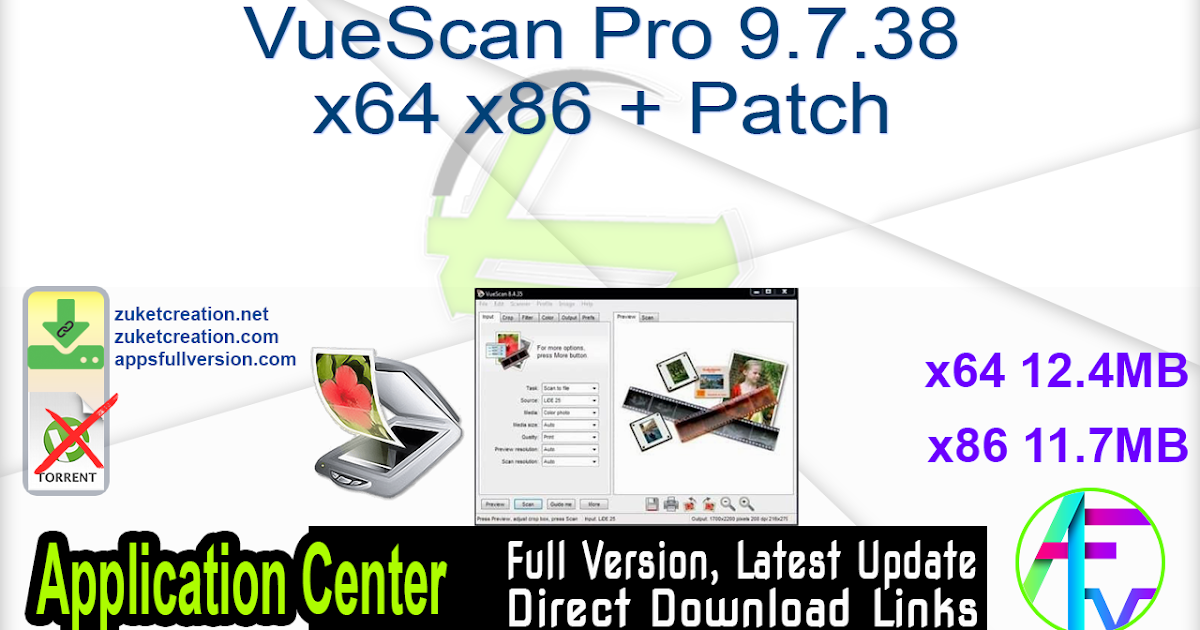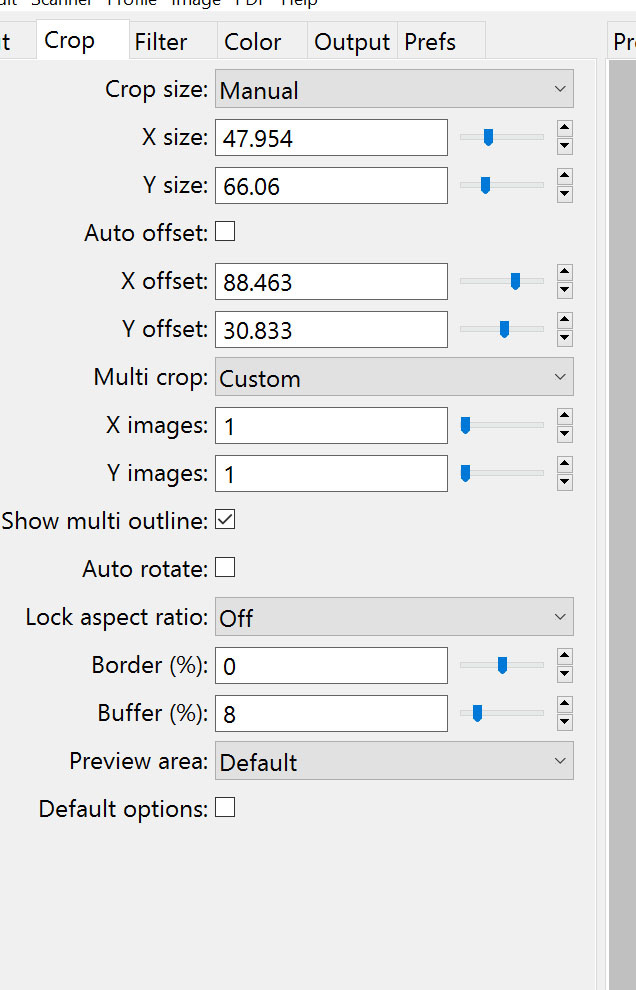
I use the SXL-2001 fluid from Kami which is an antistatic liquid without alcohol, fat or oil. It is no longer produced, though I'm fairly sure it could quite easily be 3D printed today. It is essentially a glass plate onto which one mounts film strips using a liquid and transparent film. The wet mount tray, shown above, was made by Image Mechanics. The grid does feel quite filmsy, especially when one presses the locks, so it is important to be careful when opening the holder. These cut-outs make it easy to see the thin frame between the photos. The holder has two cut-outs at frames 1 and 7 to simplify positioning the strips. To scan such film it is best to leave it for the necessary length of time under some heavy books to remove the worst curl.

In practice I have only found it to struggle with very curly film, and particularly the kind that curls length-wise, such as Tri-X. This releases the grid that holds the film flat. The FH835-S holder is loaded by pressing the two locks underneath the holder. For my medium format scanning, I use a third-party wet mount holder. The Coolscan 9000 is very easy to use so there is almost no need for this section, but just a few words on the film holders. The scanner comes with a range of film holders and various masks but I only use one of those supplied, the FH-835-S holder which takes two 35mm film strips (up to six frames per strip).

I shoot colour negative, slides and black and white films in each of the two formats. Since a few years I also shoot medium format, and now scan on a Nikon Coolscan 9000 using Vuescan. Then and for many years, I used a Coolscan V ED, which I still have and occasionally use, with the proprietary Nikon Scan software on a Windows machine. My post-processing workflow has changed quite a bit since I adopted a 'hybrid' workflow 15 years ago.


 0 kommentar(er)
0 kommentar(er)
